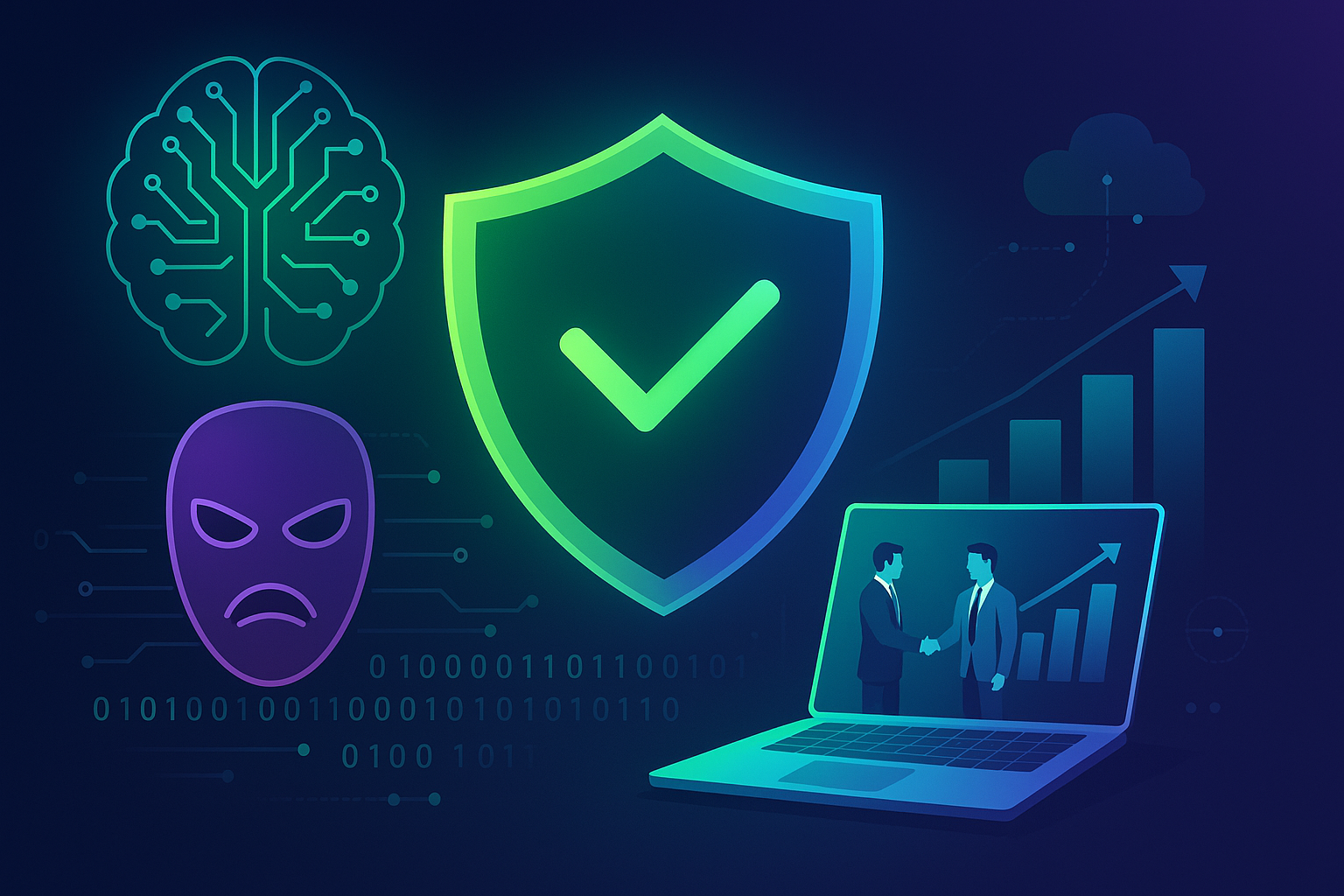Password Security: Understanding and Defending Against Brute Force Attacks
As technology progresses and more of our personal data is stored online, the importance of robust cybersecurity measures cannot be overstated. In recent years, brute force attacks have emerged as a potent threat to password security, compromising thousands of accounts worldwide. This article delves into the mechanisms of brute force attacks, recent trends, and how you can protect your organization in Spain and the broader European Union.
What is a Brute Force Attack?
A brute force attack is a cyber-attack method used to obtain private information such as passwords, Personal Identification Numbers (PINs), and encryption keys. This attack method entails systematically checking all possible keys or passwords until the correct one is found. It’s a cybersecurity threat especially concerning for weak or commonly used passwords.
How Brute Force Attacks Work
- The attacker deploys a software program to attempt multiple password combinations rapidly.
- Depending on the sophistication of the tool and the strength of the password, these attempts can number in the millions.
- Once the software identifies the correct password, the attacker can access the protected accounts or data.
Recent Trends in Brute Force Attacks
The advent of more powerful computing resources has accelerated the efficacy of brute force attacks:
1. Cloud Computing: Cybercriminals can now leverage cloud computing to significantly amplify their attack efforts. Cloud platforms provide immense processing power, which cuts down the time needed to crack passwords.
2. Machine Learning: By adopting machine learning algorithms, hackers can optimize the sequence in which passwords are attempted. Instead of random guesses, these algorithms prioritize more probable passwords, improving efficiency.
3. Botnets: Attackers use botnets as a distributed network of compromised computers to perform coordinated brute force attacks. This method not only increases the number of attempts made per second but also makes the attack harder to trace.
How to Protect Against Brute Force Attacks
Organizations and individuals must take proactive steps to safeguard against brute force attacks. Here are some strategies:
Stronger Password Policies
- Encourage the use of long, complex passwords with a mix of upper and lower case letters, numbers, and special characters.
- Implement password expiration policies that require regular password changes.
- Discourage the use of obvious passwords or common phrases.
Multi-Factor Authentication (MFA)
- Deploy MFA to add an additional layer of security. This often requires a second form of identity verification, such as a text or email verification code, or a biometric scan.
Lockout Mechanisms
- Establish account lockout policies that temporarily lock accounts after a predefined number of incorrect password attempts.
Captcha Systems
- Incorporate CAPTCHA tests to differentiate between human users and automated scripts during login attempts.
Encryption and Salting
- Use encryption to store passwords securely. Employ salting techniques to add randomized data to each password entry before hashing it.
Hodeitek’s Comprehensive Cybersecurity Solutions
At Hodeitek, we understand the critical nature of robust security protocols. Our cybersecurity services are designed to protect against a multitude of threats, including brute force attacks. We offer tailored solutions that cater to the unique needs of businesses throughout Spain and the European Union. Our services include:
- Vulnerability Assessments to identify and mitigate potential security risks.
- Implementation of multi-factor authentication systems to add layers of security beyond passwords.
- Regular security training for employees to ensure awareness of best practices.
Conclusion
As cyber threats continue to evolve, so must our strategies to defend against them. Brute force attacks remain a significant threat, but by implementing strong passwords, multi-factor authentication, and other security measures, organizations can significantly reduce their risk. At Hodeitek, we’re committed to providing the most advanced cybersecurity solutions to ensure your data remains safe and secure.
For more information on how Hodeitek can help protect your organization, explore our cybersecurity services or contact us today.






